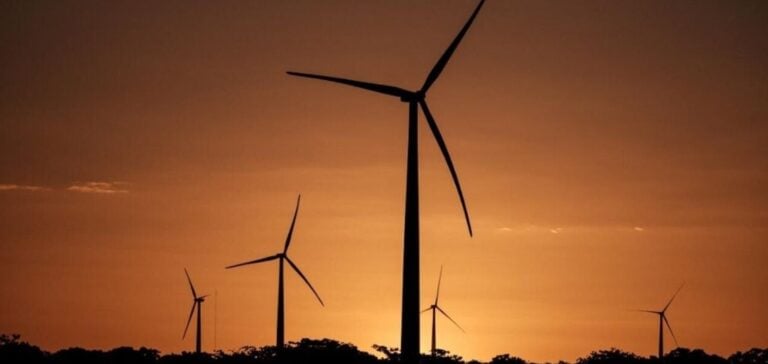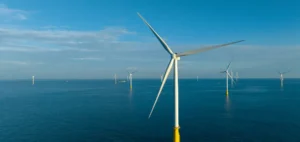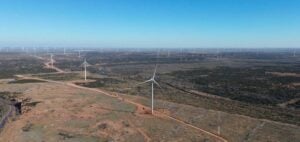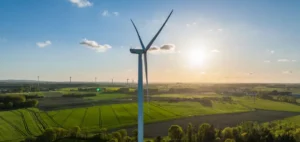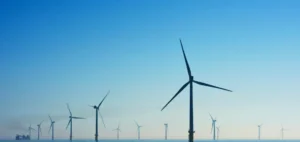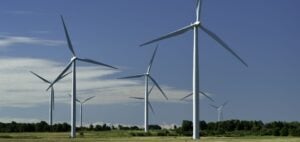In 2023, Latin America recorded a record 5.9 GW of additional onshore wind capacity, mainly due to a race in Brazil to secure expiring transmission fee subsidies. Despite limited energy demand, Brazil maintains its position as regional leader, with a forecast contribution of 54% to total growth, or 21.5 GW by 2033. Electricity supply agreements for the commercial and industrial (C&I) sectors are expected to account for 87% of this growth, thanks to the expansion of the open market. According to some estimates, South America’s onshore wind power capacity is set to double in the next 10 years.
Impact of Chile and Argentina
Chile, which is in an energy transition phase, is set to add 6.2 GW, 60% of which will come from C&I PPAs, due to the ongoing connection of auction projects. Argentina, with its ‘Mater’ C&I scheme, overcomes the financial hurdles and will add 4.5 GW. These developments highlight the importance of PPAs in supporting the growth of wind energy in the region.
Challenges and opportunities
According to Kárys Prado, Senior Analyst at Wood Mackenzie, growth in the key markets of Brazil and Chile will slow due to policy-driven overproduction. Market recovery will depend on improvements to the grid and energy demand, such as the opportunities offered by green hydrogen. However, limited transmission infrastructure and fierce competition from solar PV, which benefits from dispersed locations, pose significant challenges.
The Role of the Free Market
The open market will be crucial to the expansion of onshore wind, with large consumers looking to meet decarbonization targets and negotiable contract terms. Markets in Argentina, Brazil, Chile and Peru will mature accordingly. However, Colombia and Ecuador will continue to rely on centralized auctions in the regulated market to support development.
The Weight of Public Utilities
In Bolivia, Guyana and Uruguay, state-owned companies will continue to play a crucial role in promoting onshore wind projects. A clear supply and demand policy is essential to unlock the potential for diversification of the energy mix in South America, as well as for green hydrogen.
The region will need to overcome the challenges of transmission infrastructure and energy demand to realize the full potential of onshore wind power. Investment in grid upgrades and clean energy policies will be key to the sector’s long-term success.

